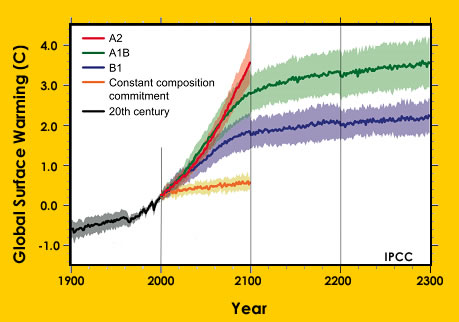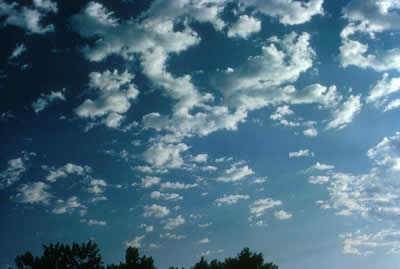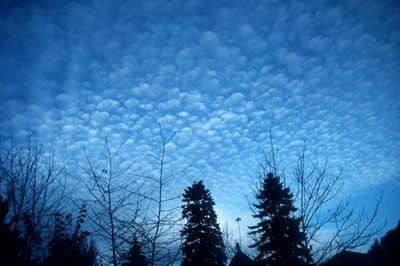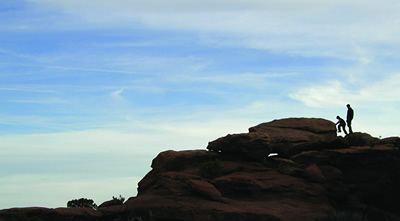Changing Planet: Grapevines and Drought
In this episode, you will learn how climate change is impacting one of our countries most important agricultural crops - grapes. But grapes are not the only crop in peril. In previous Changing Planet episodes, you saw how climate change is affecting crops and leaving them more susceptible to drought conditions, infestations and disease. In the case of grapes, hotter and dryer climates are affecting the flavor of the grapes and the dormancy period of the vines. It is hoped that by understanding the genetics of the different varieties of grapes, scientists can determine what is changing genetically in response to changing environments.
Those harvesting maple syrup are also concerned about changing lengths of seasons and the impacts shorter seasons will have on overall production. In this classroom lesson, you will explore changes in the production of maple syrup and decide if you'll need to find something else to put on your pancakes and waffles!
Click on the video at the left to watch the NBC Learn video - Changing Planet: Grapevines and Drought.
Lesson plan: Changing Planet: Grapevines and Drought (Climate Change and Your Breakfast!)
You might also be interested in:

Earth’s climate is warming. During the 20th Century Earth’s average temperature rose 0.6° Celsius (1.1°F). Scientists are finding that the change in temperature has been causing other aspects of our planet
...more
Though not the largest kingdom, with a mere 300,000 species catalogued, many might argue that the Kingdom Plantae just may be the most important group of living organisms. In the process known as "photosynthesis",
...more
Many educators are now finding opportunities to teach about Earth's climate and climate change in their classrooms. Windows to the Universe provides an interlinked learning ecosystem to a wealth of resources
...more
Altocumulus clouds (weather symbol - Ac), are made primarily of liquid water and have a thickness of 1 km. They are part of the Middle Cloud group (2000-7000m up). They are grayish-white with one part
...more
Altostratus clouds (weather symbol - As) consist of water and some ice crystals. They belong to the Middle Cloud group (2000-7000m up). An altostratus cloud usually covers the whole sky and has a gray
...more
Cirrocumulus clouds (weather symbol - Cc) are composed primarily of ice crystals and belong to the High Cloud group (5000-13000m). They are small rounded puffs that usually appear in long rows. Cirrocumulus
...more
Cirrostratus (weather symbol - Cs) clouds consist almost entirely of ice crystals and belong to the High Cloud (5000-13000m) group. They are sheetlike thin clouds that usually cover the entire sky. The
...more














